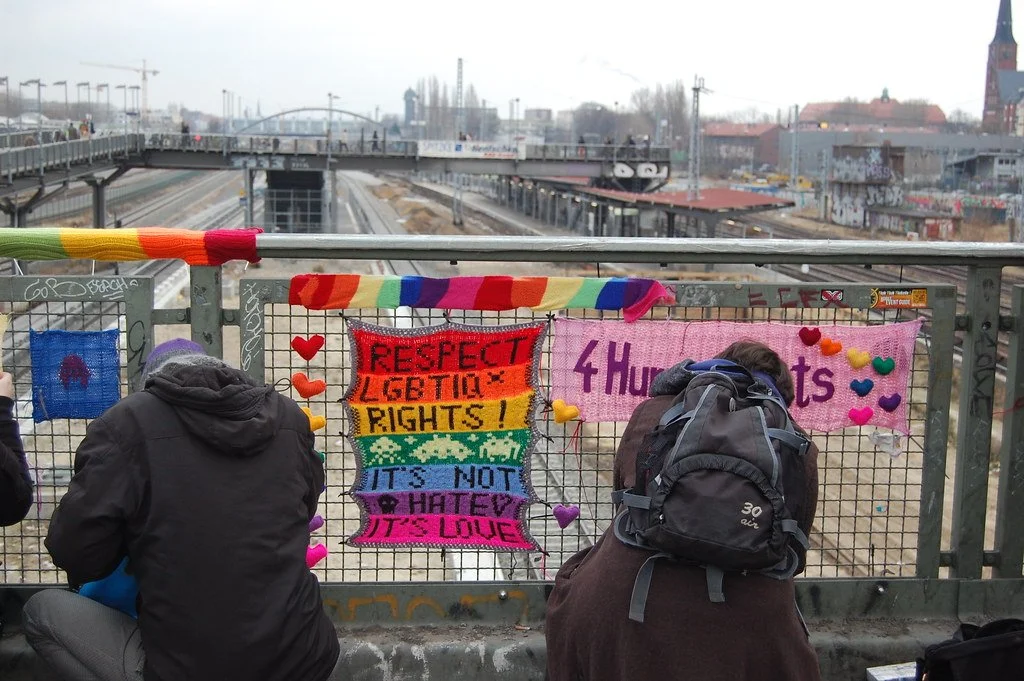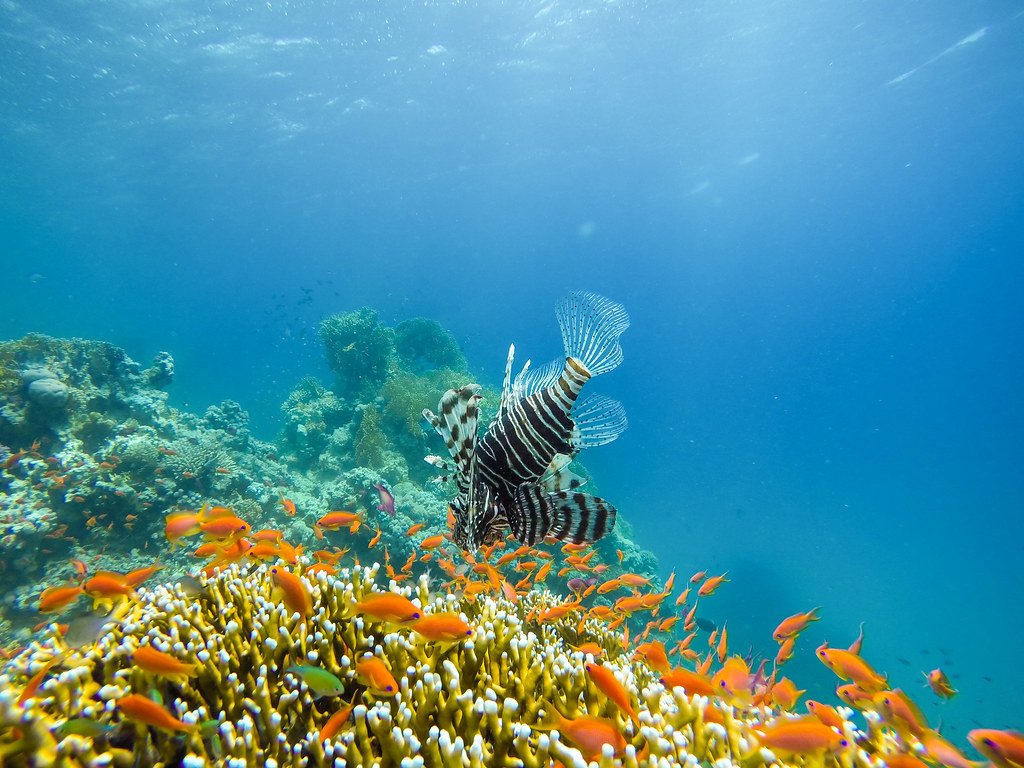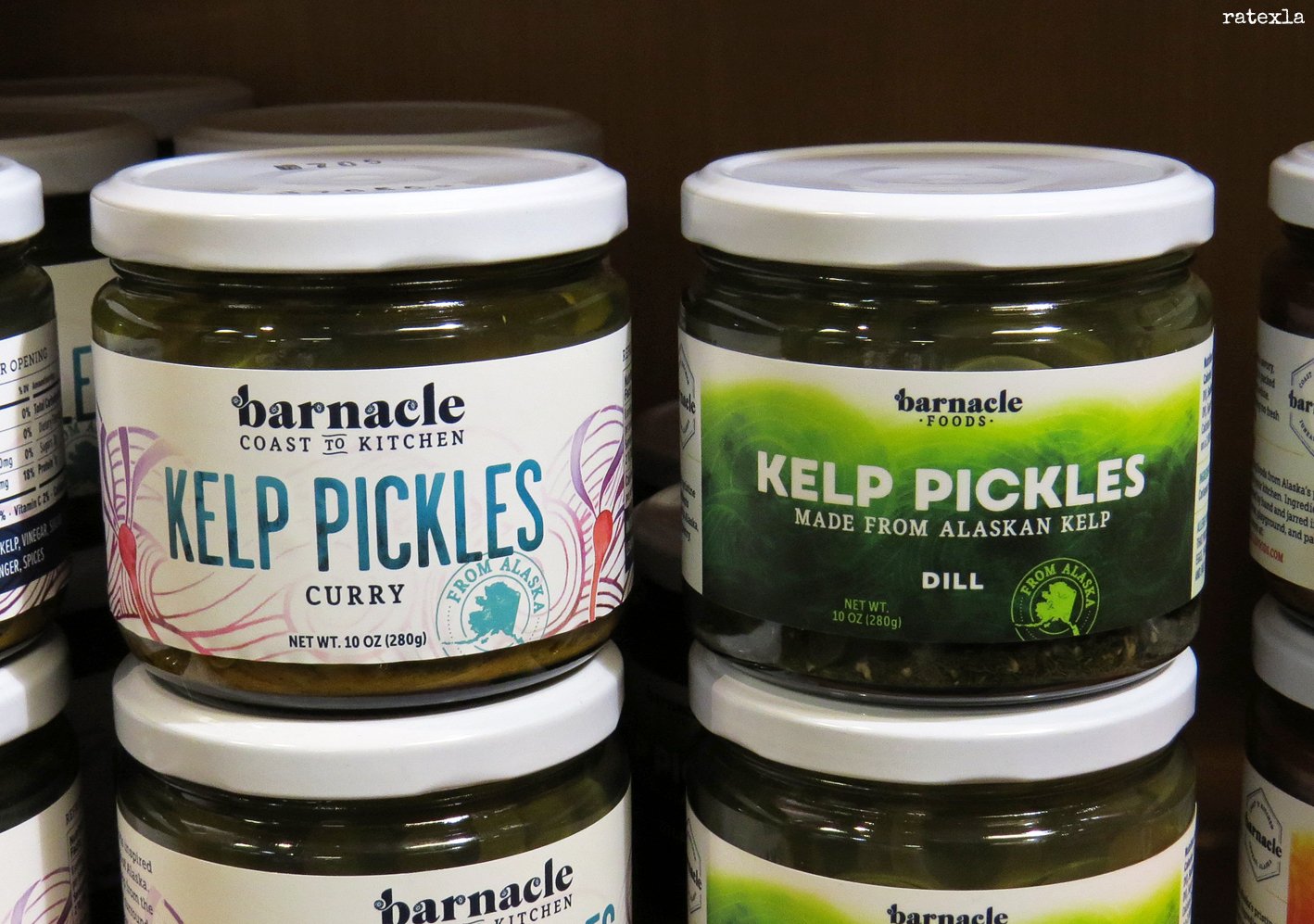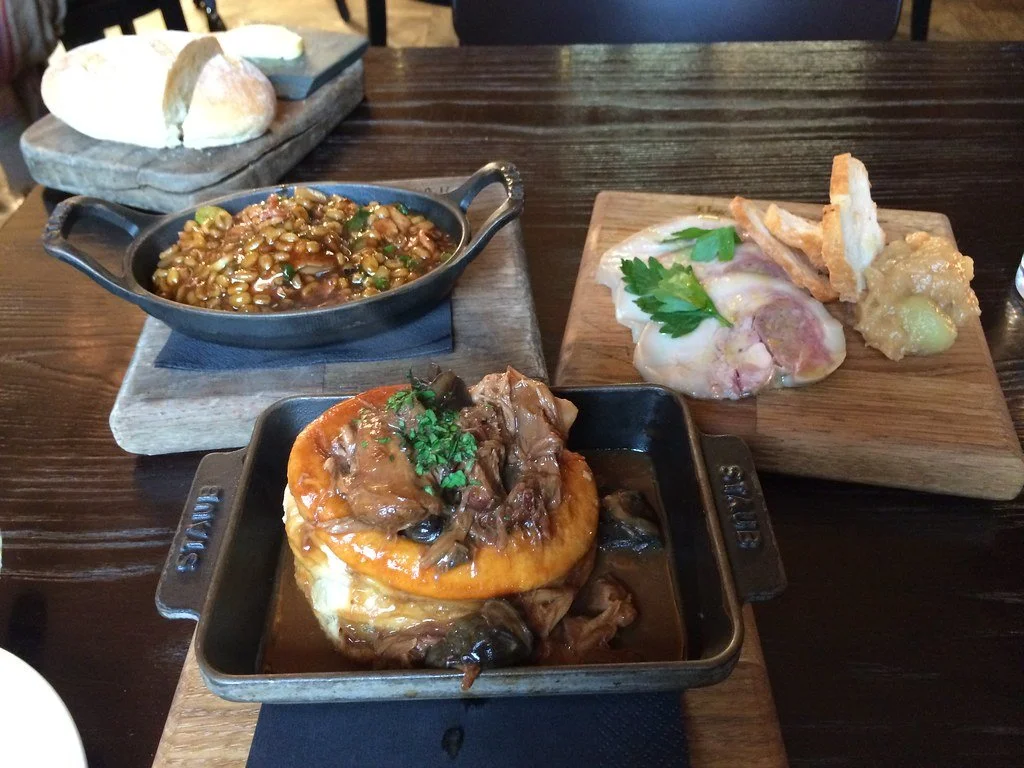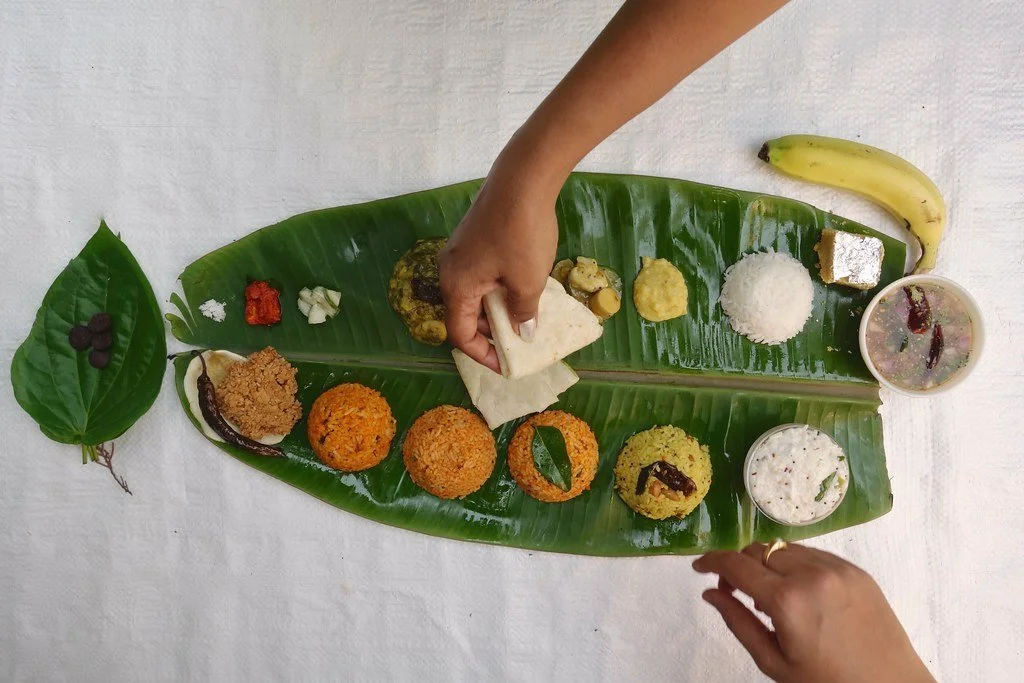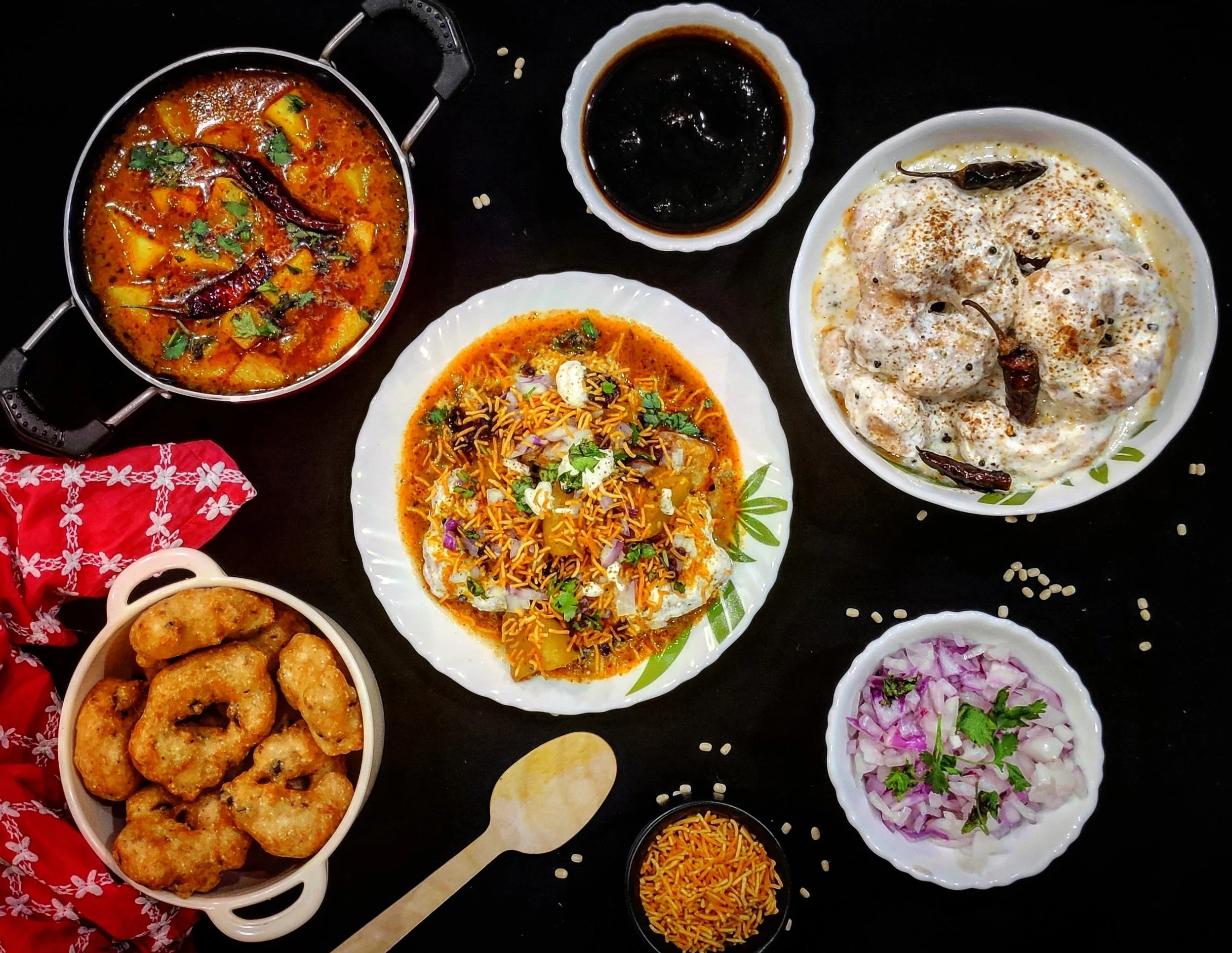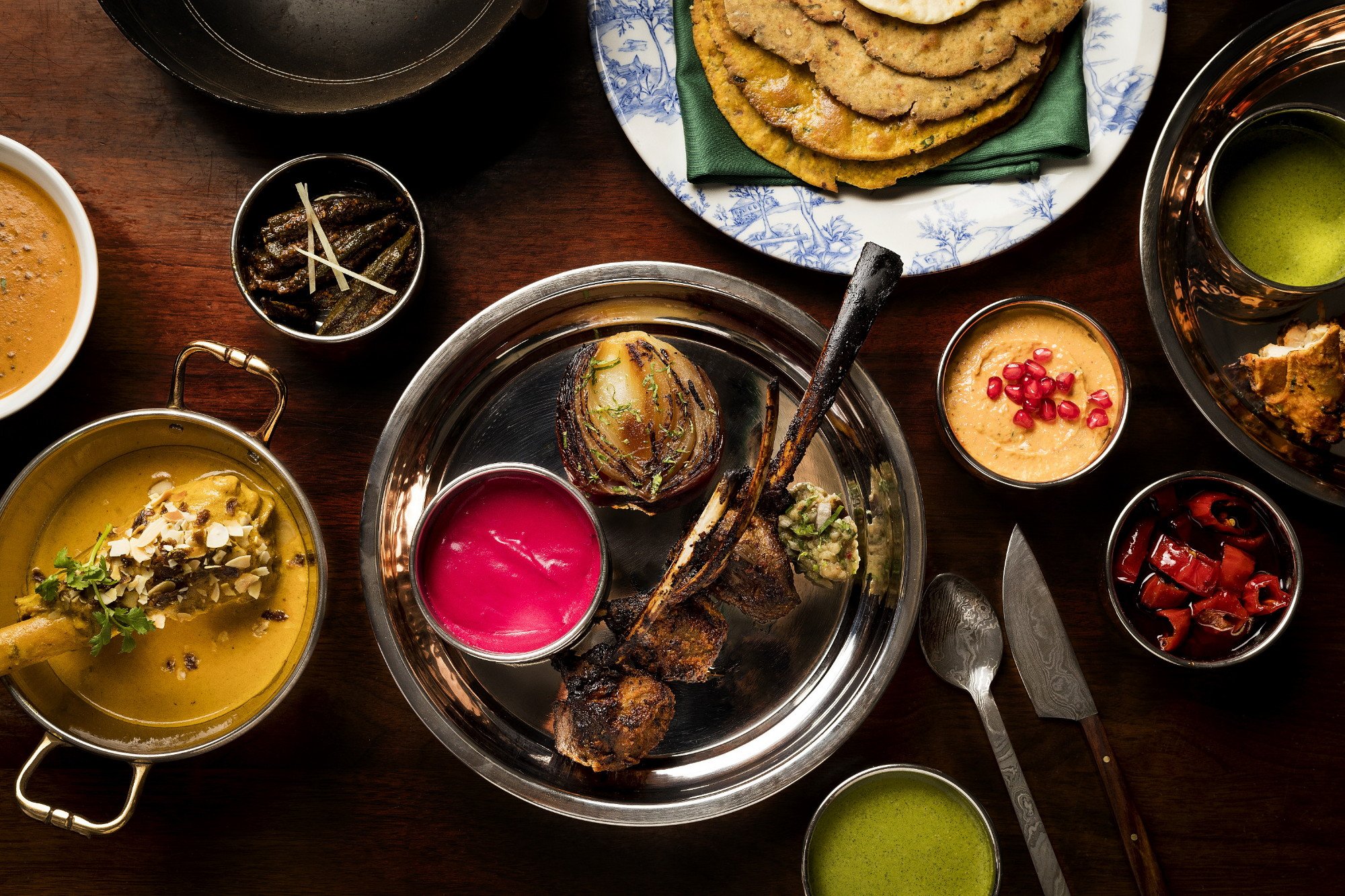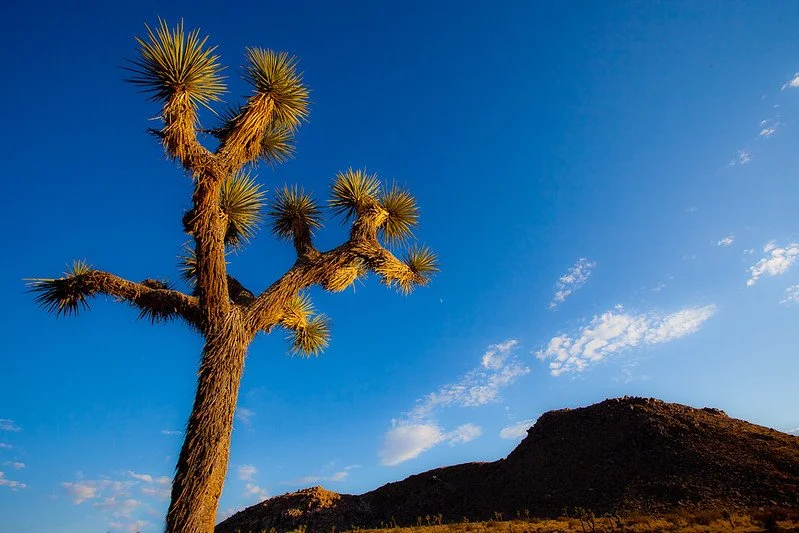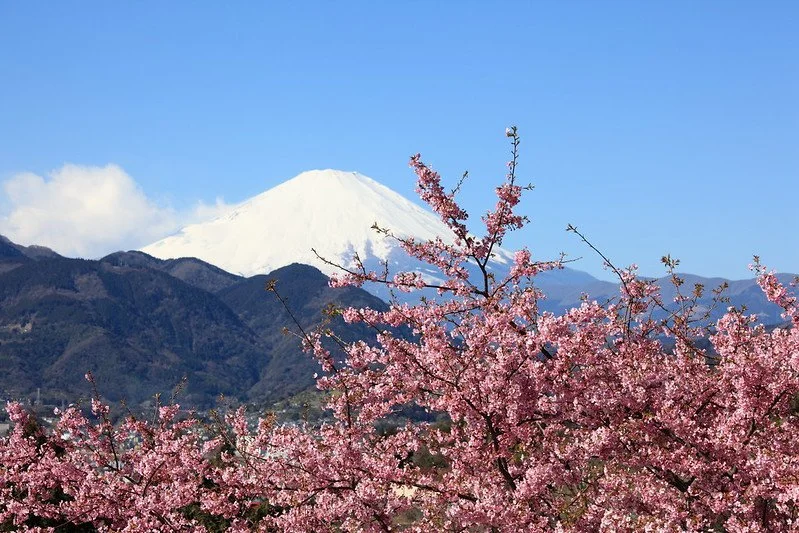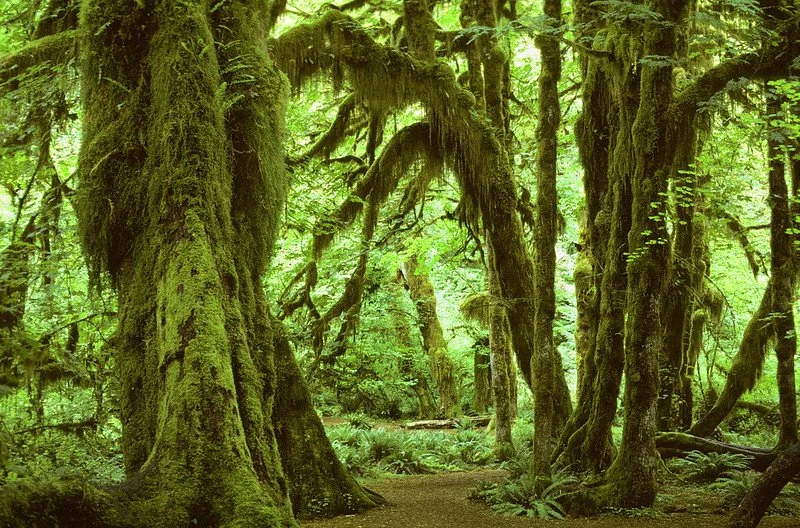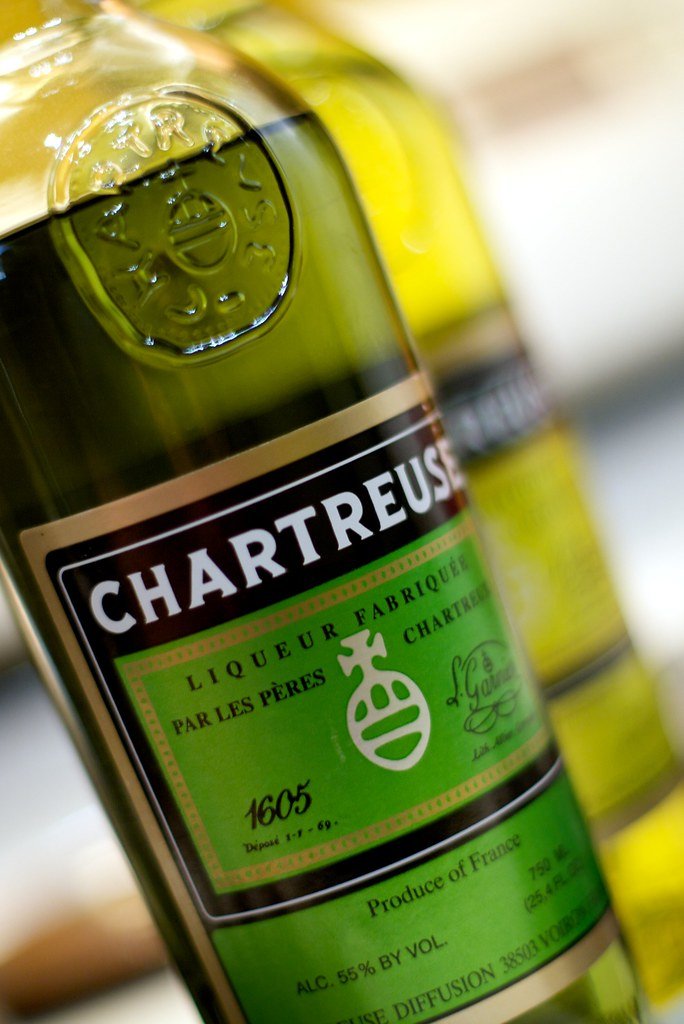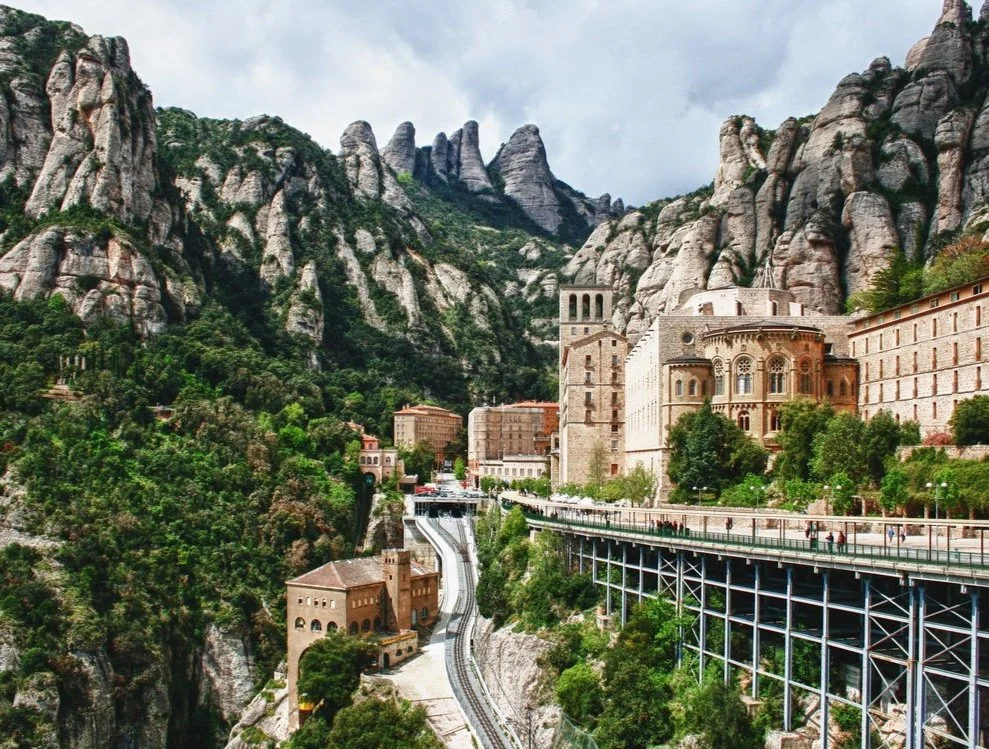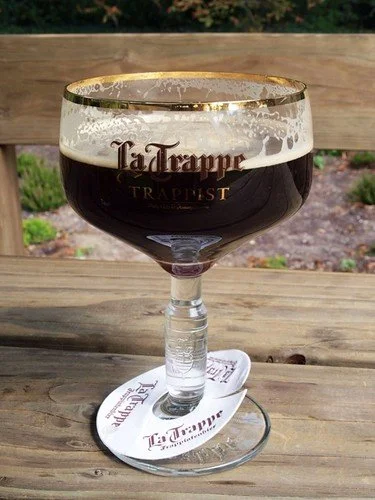The term ecotourism has been around for decades but the misunderstanding and overuse of the term has led to a lack of environmental success in a CO2 sucking industry. Places like Machu Picchu now receives over 6,000 visitors a day during peak season, making it hard to properly conserve the historical site.
According to the World Travel and Tourism Council, tourism as a whole makes up 10% of global GDP and supports over 319 million jobs. That is a huge industry but it also has a huge environmental impact. Air traffic alone accounts for 5% of CO2 emissions globally and the number of air passengers is expected to only grow, reaching 13 billion by 2030. In addition, tourists often use more resources than locals, eating at restaurants, using more water, generating more waste, and driving rental cars. Often desired tourist destinations are ones of natural beauty, with high densities in coastal, mountain, and lake areas. These environments are more susceptible to environmental degradation and increased traffic to protected areas can affect conservation efforts. A potential solution: eco-tourism.
Ecotourism was defined in 1990 by the The International Ecotourism Society (TIES) with a focus on, “responsible travel to natural areas that conserves the environment and improves the well-being of local people”. It has good intentions: natural conservation and benefiting locals. Often eco-lodges do have greener accommodations but they can often be in remote locations, therefore requiring more carbon emissions to get there. Human presence in isolated areas will always have effects on the local land and wildlife no matter how much it is tried to be controlled. The more popular eco-tourist destinations become, the harder it is to limit the impact.
A great example of this is Machu Picchu. Tourism is the second largest industry in Peru. Machu Picchu specifically is a highly sought-after tourist destination. The tourism there has had a huge impact on the environment. UNESCO recommended the Peruvian government to limit numbers to 2,000 a day to reduce the degradation. Instead, the government switched the ticketing process to half-day tickets, effectively increasing daily numbers from 2,500 to over 6,000, with an additional 500 a day on the Inca Trail. The lack of infrastructure supporting these numbers leads to an even higher impact. There is only one bathroom at the entrance and human waste is a huge problem. The closest village, Aguas Calientes, has resorted to pumping human waste into the Urubamba River. Increases in garbage, especially plastic water bottles, on the Inca Trail also contributes to uncontrolled waste. Jobs provided to locals are seasonal, often poorly paid, and have a huge physical cost. Machu Picchu had the potential to be a great eco-tourist site but overcrowding and mismanagement has led to a lack of conservation and hurting local communities. Yet, it still viewed and even advertised as eco-tourism.
The term ecotourism is now over used. It has been stretched from its original purpose to encompass any nature-related travel and to many is synonymous with sustainable. This is far from true and with companies using greenwashing, consumers are not sure what they are paying for. Greenwashing is when organizations falsely advertise through an environmentally-friendly lens. In tourism this is often increased by inconsistencies in certifying bodies. Or in something as simple as have a sign in the bathroom promoting water conservation. This has a huge impact on the effectiveness of ecotourism when people who are trying to be environmentally conscious end up supporting the wrong businesses. Eco-tourism also tends to draw from a wealthier demographic, with 57% of people making over $150.000 saying they would book an eco-tourist trip, compared to 16% at $34,000. This is largely influenced by the higher price of eco-tourist trips. If ecotourism is to decrease the large environmental impact of tourism as a whole, it has a lot of work to do to limit greenwashing, overcrowding, and transportation effects while increasing affordability, minimizing local impact and supporting local communities.
DEVIN O’DONNELL
Devin’s interest in travel was cemented by a multi-month trip to East Africa when she was 19. Since then, she has continued to have immersive experiences on multiple continents. Devin has written for a start-up news site and graduated from the University of Michigan with a degree in Neuroscience.




